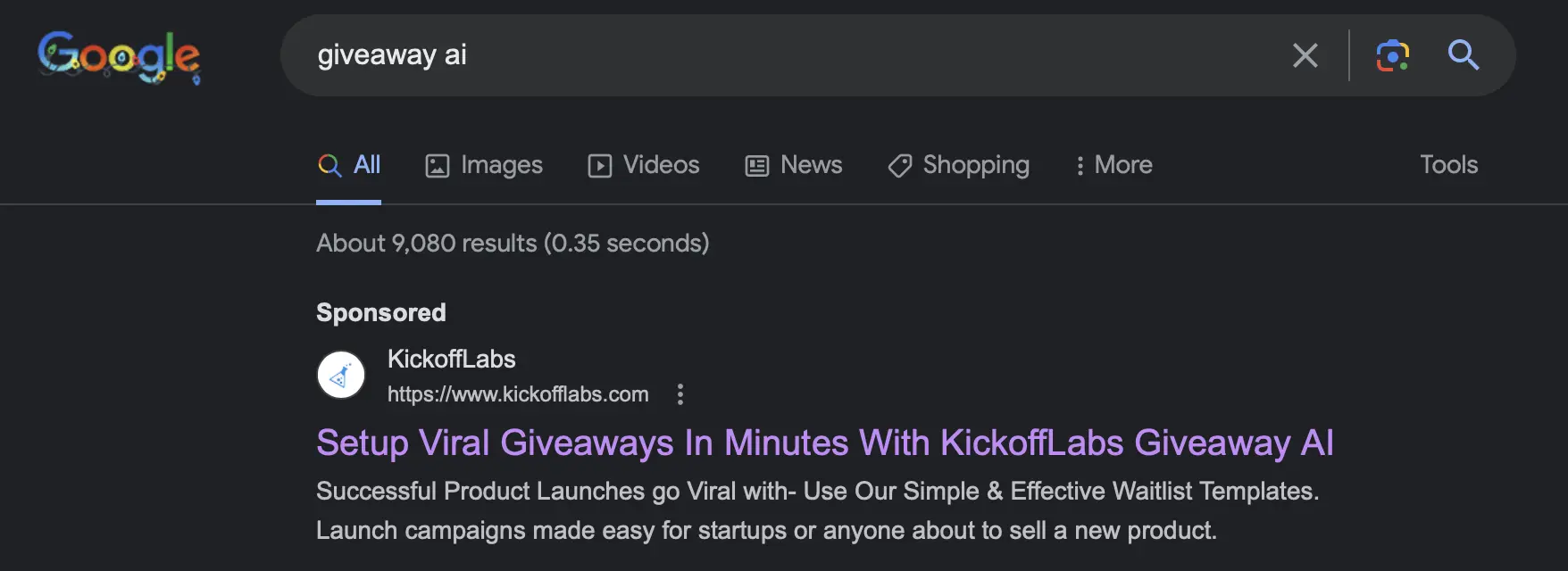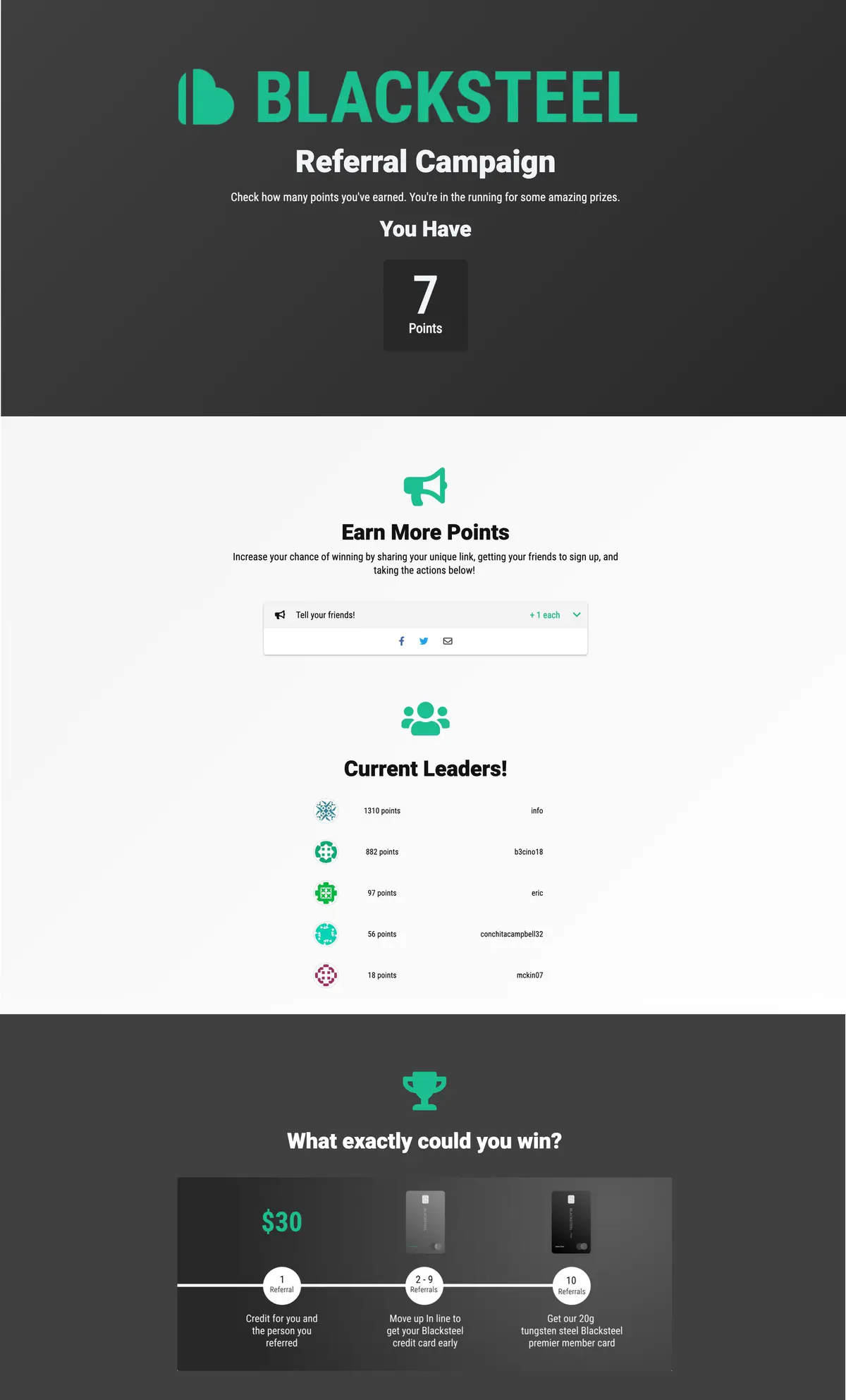Google Ads have proven time and time again to be a valuable tool in the startup validation toolkit. Google Ads come with a higher price tag than most ad platforms, but they’re significantly more targeted. Users clicking on your ad are actively searching for your solution, increasing the likelihood of a conversion.
However, it’s advised to start with Facebook ads, test messaging, and gradually transition into Google Ads as your startup gains momentum and you have something to sell or are quickly approaching that time.
Lets start with the video overview and then get into more details below…
Making the Most Out of a Limited Google Ads Budget
The costs associated with Google Ads can vary widely. You may need to test and adjust to identify your best CTR (click through rate) and CPL (cost per lead). Ideally, you want a cost per click under $2 and a generated lead under $20, but these figures depend on your industry and the specific keywords you are targeting.

Making the most of your Google Ads requires a near-surgical approach to ad campaign setup. Here’s how to do it:
-
Identify Value Propositions to Target Precisely: Run keyword groups around specific value propositions to validate them. Make sure your ads target the right demographic. This includes age, gender, geographical locations, interests, behaviors, and more. The more precisely you target, the better your chances of reaching the people who are most likely to convert.
-
Use Keyword Planning: Choose your keywords wisely to ensure you’re reaching relevant audiences. Google’s Keyword Planner is a tool that can help you find relevant keywords and forecast their performance.
-
Define your Goals: Before you start any Google Ads campaign, have a clear, well-defined goal. It could be increasing brand awareness, direct sales, lead collection, or traffic generation. Knowing your goal will guide your campaign setup, optimization, and analysis.
-
Keep It Phrase Match: At the initial stage, you may want to avoid broad matching. Phrase matching narrows your ad visibility to searches that match your exact phrase and will provide more qualified data on what terms are catching users’ attention.
-
Utilize UTM Tracking: Add UTM tracking parameters to pass the campaign, keyword group, and ad content automatically. You can use platforms like Kickofflabs to track these parameters automatically, giving you a clearer picture of your campaign performance.
-
Bid Strategically: Monitor your bids and adjust them based on the performance of your keywords. Bidding too low may save you money, but it might also prevent your ads from being seen. Bid strategically for the best outcome.
-
Use Ad Extensions: Ad extensions provide additional information like business location, contact number, or additional website links. They not only make your ad appear larger and more informative, but also improve your Ad Rank.
-
Write Compelling Ad Copy: Make your ads engaging with a compelling ad copy. Highlight what sets your product or service apart from competitors, offer incentives or create urgency to provoke action.
-
Split Test Ads: Don’t run just one ad per campaign. Create multiple ads with varied content, format and call-to-action. Continually monitor their performances and keep tweaking and optimizing.
-
Monitor and Adjust Daily: Constantly monitor your campaign performance. Google Ads provides robust data which you can use to adjust keywords, bids, locations, etc for continuous improvement.
-
Optimize Waitlist Landing Pages: The user experience after clicking your ad is critical. Ensure your landing pages are relevant, easy to navigate, and enhances the user journey towards conversion.
-
Embrace Remarketing During your Launch: Don’t overlook the power of Google remarketing. People who’ve interacted with your pre-launch landing pages are more likely to convert when you are live even if they didn’t sign up for the waitlist.
-
Use Negative Keywords: Negative keywords stop your ads showing up for irrelevant searches, saving your budget for where it’s really needed. Constantly review and add negative keywords to your campaign.
-
Ad Scheduling: Use ad scheduling to show your ads on specific days and hours when your audience is most active. This increases visibility and potential for your ads to be clicked. As a B2B product we lower ad spends on the weekends and longer holidays.
-
Device Optimization: Ensure your ads and landing pages are optimized for all devices, especially mobile, as this is where most searches happen.
-
Quality Score: Aim to have a high-quality score by having a good click-through rate, landing page experience, and ad relevance. Higher quality scores can provide better ad placements and lower costs.
-
Monitor Conversions: Set up conversion tracking to understand how your audience is interacting with your ads and website. This can help you gauge the success of your ads and identify areas for improvement.
Post Sign-up Engagement: The Hidden Gem
Post sign-up engagement is a vital metric for startup validation. Following up questions like ‘What led you to sign up?’ or ‘What interests you most about our product?’ can offer valuable insight into user behavior and motivations.

Here are some tips once someone has taken the first step that will lead to more sales post-launch:
-
Swift Initial Response: Immediately thanking and acknowledging those who signed up for your prelaunch waitlist is key. It reassures leads that they’ve successfully entered the loop, leading to a positive first impression. Learn more about emails from KickoffLabs.
-
Personalize the Response: Personalization can make your leads feel cherished and seen, increasing the chances of them becoming loyal customers. A friendly touch can create an emotional bond and set the stage for future communication.
-
Inform About the Process: Give them a quick brief about what’s next. Whether it’s an interview, a sample trial, or simply waiting for product launch, let them know what to expect.
-
Regular Updates: Keeping your leads updated about the progress of the product instills trust. Maintain contact until the official launch, but avoid over-communication to prevent annoying the lead.
-
Be Transparent: Honesty is of utmost importance when handling leads. If you hit a snag in the process or the launch gets delayed, communicate it promptly and tactfully.
-
Offer Engagement Incentives: Consider giving your waitlisted leads incentives like early access, discounts, or freebies when the product finally launches in exchange for sharing a phone number, liking recent posts, or watching a product video. It increases loyalty and anticipation and builds community. Learn about KickoffLabs post-signup actions
-
Ask for Referrals: Encourage your leads to spread the word about your product among their circle. Not only does this expand your market reach, but it also builds community. Learn about KickoffLabs Referral Tracking. This step has proven to boost conversions by 35%!
Remember, every touch point matters and each interaction has the potential to strengthen (or weaken) the relationship with your leads. Choice of words, tone, type of content shared - everything plays a part in nurturing these leads until the ultimate goal is met: conversion.
Tweaking Your Conversion Funnel
Data collected from Google ads campaigns can help you refine every step of the conversion funnel. From optimizing ads to landing page copy and incorporating valuable testimonials to your page, the end goal is to drive conversions for your campaign relentlessly.
In the coming blog post, we’ll be exploring the art of testing your audience with sweat equity. Stay tuned!
Read more Startup Validation with the next chapter:
8. Online Communities
Get the validation you need through conversations with your target audience online and sweat equity.

